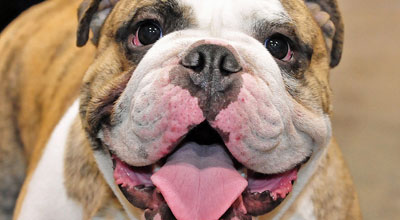
Positive Reinforcement Training: People are not rational, but dogs are
I often buy plane tickets up to a year in advance. Within that year, something almost always comes up that causes me to change my plans. Then, I have to buy new plane tickets or pay outrageous prices to change my ticket. I should buy the $20 travelers insurance offered to me, but I never do. I am aware of this problem, yet I do not change. I am not always rational.
You probably did not even need this example to know that people are often not rational. But, dogs? I think they have a better track record with rationality than us humans. Dogs do what works and do not do what does not work. If barking gets your attention, then they will bark. If barking gets you to ignore them, then (over time) they will learn not bark. If you responded in this way to your dog’s barking consistently, then this would be an example of positive reinforcement training .
For positive reinforcement training, you reward the positives and ignore the negatives. When your dog behaves well, you should treat, praise, provide affection or give other things your dog loves. When you dog does not behave well, you should ignore the behavior or “take away a positive.” How do you take away a positive? This does not involve punishing your dog, instead it just involves not rewarding your dog. It is often helpful to ask “what is my dog trying to get with this poor behavior?” For instance, when a dog is pulling on a leash, they are often trying to get to Point A faster. Allowing them to quickly continue to Point A is a reward. Taking away a positive would then be to (1) stop moving forward, or (2) turn around and go towards Point B instead. As a tip, I have found (2) is often easier to implement and more successful.
 We have many dogs on Wagaroo who would love to join your family and learn more positive reinforcement training. For instance, look at Sophie’s perfect sit – she needs some treats and love for that!
We have many dogs on Wagaroo who would love to join your family and learn more positive reinforcement training. For instance, look at Sophie’s perfect sit – she needs some treats and love for that!
Christine Exley, Cofounder & Chief of Research from Wagaroo
Photo Credit: State Farm
